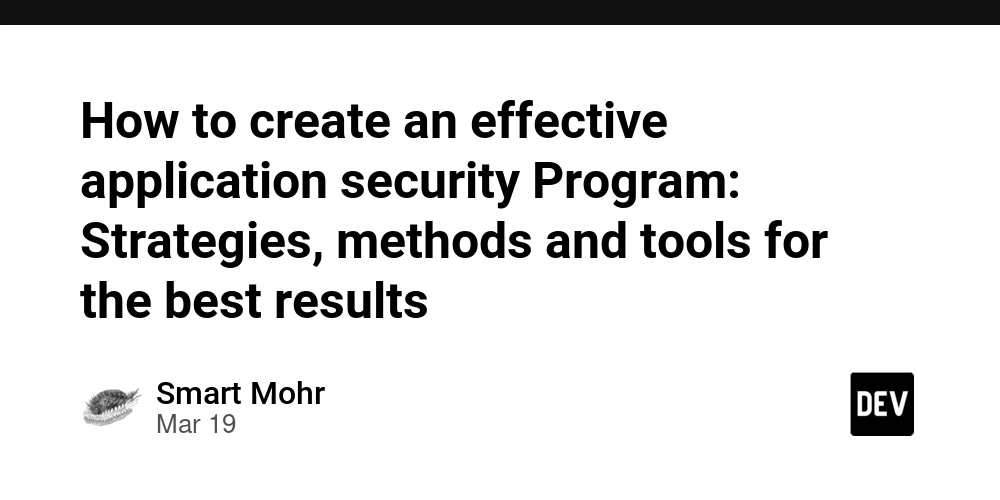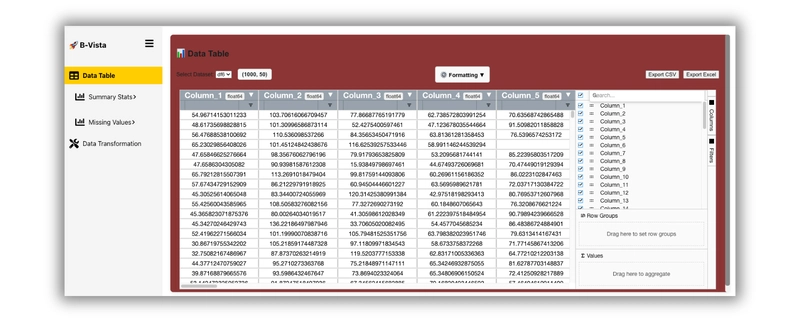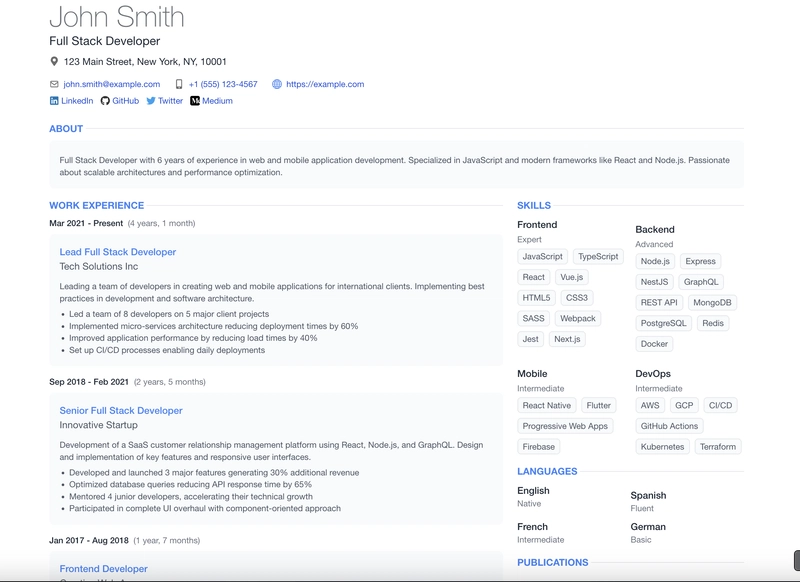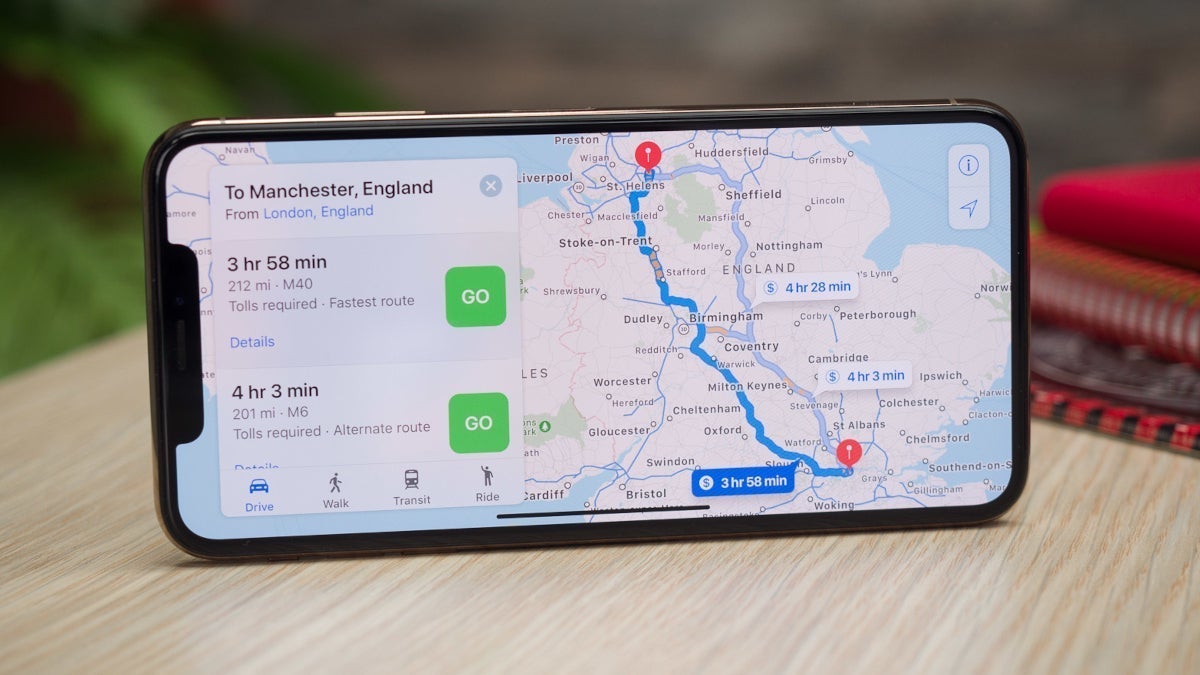How to create an effective application security Program: Strategies, methods and tools for the best results
AppSec is a multifaceted, robust strategy that goes far beyond basic vulnerability scanning and remediation. The ever-evolving threat landscape, in conjunction with the rapid pace of technological advancement and the growing complexity of software architectures requires a holistic and proactive approach that seamlessly incorporates security into all phases of the development lifecycle. This comprehensive guide explores the fundamental components, best practices, and cutting-edge technology that comprise a highly effective AppSec program that empowers organizations to fortify their software assets, limit threats, and promote a culture of security-first development. The underlying principle of a successful AppSec program is a fundamental shift in thinking that sees security as a crucial part of the development process, rather than a secondary or separate endeavor. This paradigm shift requires a close collaboration between developers, security, operations, and the rest of the personnel. It helps break down the silos and creates a sense of shared responsibility, and fosters an open approach to the security of applications that they develop, deploy and maintain. When adopting a DevSecOps approach, companies can weave security into the fabric of their development workflows to ensure that security considerations are addressed from the early phases of design and ideation up to deployment and continuous maintenance. Central to this collaborative approach is the creation of specific security policies, standards, and guidelines that provide a framework to secure coding practices, risk modeling, and vulnerability management. These guidelines must be based on the best practices of industry, including the OWASP top ten, NIST guidelines and the CWE. They should take into account the unique requirements and risks characteristics of the applications as well as the context of business. These policies should be codified and made easily accessible to all interested parties, so that organizations can have a uniform, standardized security process across their whole collection of applications. To implement these guidelines and make them relevant to development teams, it is crucial to invest in comprehensive security training and education programs. These programs must equip developers with the knowledge and expertise to write secure codes as well as identify vulnerabilities and adopt best practices for security throughout the process of development. Training should cover a wide spectrum of topics, from secure coding techniques and common attack vectors to threat modelling and secure architecture design principles. By fostering a culture of constant learning and equipping developers with the equipment and tools they need to integrate security into their work, organizations can build a solid foundation for an effective AppSec program. Security testing must be implemented by organizations and verification methods as well as training programs to spot and fix vulnerabilities before they are exploited. This is a multi-layered process that encompasses both static and dynamic analysis methods in addition to manual penetration tests and code review. Static Application Security Testing (SAST) tools can be used to analyse the source code to identify potential vulnerabilities, such as SQL injection cross-site scripting (XSS) and buffer overflows at the beginning of the process of development. Dynamic Application Security Testing tools (DAST) are however, can be utilized to test simulated attacks on running applications to discover vulnerabilities that may not be identified by static analysis. While these automated testing tools are essential to identify potential vulnerabilities at the scale they aren't a panacea. Manual penetration testing conducted by security experts is equally important for identifying complex business logic flaws that automated tools may miss. Combining automated testing with manual validation, organizations are able to obtain a more complete view of their security posture for applications and prioritize remediation efforts based on the potential severity and impact of identified vulnerabilities. Businesses should take advantage of the latest technology, like artificial intelligence and machine learning to improve their capabilities in security testing and vulnerability assessments. AI-powered tools are able to analyze large amounts of data from applications and code and identify patterns and anomalies that could indicate security concerns. They can also learn from vulnerabilities in the past and attack patterns, continuously improving their abilities to identify and stop new threats. Code property graphs can be a powerful AI application within AppSec. They can be used to find and repair vulnerabilities more precisely and effectively. CPGs provide a comprehensive representation of a program's codebase that not only shows its syntactic structure but as well as the intricate dependencies and connections betw

AppSec is a multifaceted, robust strategy that goes far beyond basic vulnerability scanning and remediation. The ever-evolving threat landscape, in conjunction with the rapid pace of technological advancement and the growing complexity of software architectures requires a holistic and proactive approach that seamlessly incorporates security into all phases of the development lifecycle. This comprehensive guide explores the fundamental components, best practices, and cutting-edge technology that comprise a highly effective AppSec program that empowers organizations to fortify their software assets, limit threats, and promote a culture of security-first development.
The underlying principle of a successful AppSec program is a fundamental shift in thinking that sees security as a crucial part of the development process, rather than a secondary or separate endeavor. This paradigm shift requires a close collaboration between developers, security, operations, and the rest of the personnel. It helps break down the silos and creates a sense of shared responsibility, and fosters an open approach to the security of applications that they develop, deploy and maintain. When adopting a DevSecOps approach, companies can weave security into the fabric of their development workflows to ensure that security considerations are addressed from the early phases of design and ideation up to deployment and continuous maintenance.
Central to this collaborative approach is the creation of specific security policies, standards, and guidelines that provide a framework to secure coding practices, risk modeling, and vulnerability management. These guidelines must be based on the best practices of industry, including the OWASP top ten, NIST guidelines and the CWE. They should take into account the unique requirements and risks characteristics of the applications as well as the context of business. These policies should be codified and made easily accessible to all interested parties, so that organizations can have a uniform, standardized security process across their whole collection of applications.
To implement these guidelines and make them relevant to development teams, it is crucial to invest in comprehensive security training and education programs. These programs must equip developers with the knowledge and expertise to write secure codes as well as identify vulnerabilities and adopt best practices for security throughout the process of development. Training should cover a wide spectrum of topics, from secure coding techniques and common attack vectors to threat modelling and secure architecture design principles. By fostering a culture of constant learning and equipping developers with the equipment and tools they need to integrate security into their work, organizations can build a solid foundation for an effective AppSec program.
Security testing must be implemented by organizations and verification methods as well as training programs to spot and fix vulnerabilities before they are exploited. This is a multi-layered process that encompasses both static and dynamic analysis methods in addition to manual penetration tests and code review. Static Application Security Testing (SAST) tools can be used to analyse the source code to identify potential vulnerabilities, such as SQL injection cross-site scripting (XSS) and buffer overflows at the beginning of the process of development. Dynamic Application Security Testing tools (DAST) are however, can be utilized to test simulated attacks on running applications to discover vulnerabilities that may not be identified by static analysis.
While these automated testing tools are essential to identify potential vulnerabilities at the scale they aren't a panacea. Manual penetration testing conducted by security experts is equally important for identifying complex business logic flaws that automated tools may miss. Combining automated testing with manual validation, organizations are able to obtain a more complete view of their security posture for applications and prioritize remediation efforts based on the potential severity and impact of identified vulnerabilities.
Businesses should take advantage of the latest technology, like artificial intelligence and machine learning to improve their capabilities in security testing and vulnerability assessments. AI-powered tools are able to analyze large amounts of data from applications and code and identify patterns and anomalies that could indicate security concerns. They can also learn from vulnerabilities in the past and attack patterns, continuously improving their abilities to identify and stop new threats.
Code property graphs can be a powerful AI application within AppSec. They can be used to find and repair vulnerabilities more precisely and effectively. CPGs provide a comprehensive representation of a program's codebase that not only shows its syntactic structure but as well as the intricate dependencies and connections between components. By harnessing the power of CPGs AI-driven tools are able to do a deep, context-aware assessment of an application's security profile in identifying security vulnerabilities that could be missed by traditional static analysis techniques.
CPGs are able to automate vulnerability remediation employing AI-powered methods for repairs and transformations to code. In order to understand the semantics of the code and the nature of the identified weaknesses, AI algorithms can generate targeted, specific fixes to address the root cause of the issue instead of simply treating symptoms. This approach not only speeds up the remediation but also reduces any chance of breaking functionality or introducing new security vulnerabilities.
Another aspect that is crucial to an effective AppSec program is the incorporation of security testing and verification into the continuous integration and continuous deployment (CI/CD) pipeline. Automating security checks and integrating them into the build-and-deployment process enables organizations to identify vulnerabilities earlier and block their entry into production environments. This shift-left approach to security enables more efficient feedback loops, which reduces the time and effort required to discover and rectify issues.
multi-agent approach to application security In order to achieve the level of integration required, businesses must invest in proper infrastructure and tools to support their AppSec program. The tools should not only be used to conduct security tests and testing, but also the frameworks and platforms that can facilitate integration and automatization. Containerization technologies like Docker and Kubernetes play an important role in this regard because they provide a reproducible and uniform setting for testing security and isolating vulnerable components.
Effective tools for collaboration and communication are just as important as technology tools to create the right environment for safety and enabling teams to work effectively with each other. Issue tracking tools, such as Jira or GitLab can assist teams to prioritize and manage vulnerabilities, while chat and messaging tools like Slack or Microsoft Teams can facilitate real-time communication and sharing of knowledge between security specialists and development teams.
The performance of an AppSec program is not solely dependent on the technology and tools employed, but also the people who work with it. Building a strong, security-focused environment requires the leadership's support, clear communication, and an ongoing commitment to improvement. By instilling a sense of sharing responsibility, promoting open discussion and collaboration, and supplying the required resources and assistance companies can make sure that security is more than something to be checked, but a vital component of the development process.
To maintain the long-term effectiveness of their AppSec program, companies should be focusing on creating meaningful measures and key performance indicators (KPIs) to track their progress and find areas of improvement. These metrics should cover the entire life cycle of an application that includes everything from the number and type of vulnerabilities found during the development phase to the time required to fix issues to the overall security level. By continuously monitoring and reporting on these metrics, companies can prove the worth of their AppSec investments, spot trends and patterns, and make data-driven decisions regarding the best areas to focus on their efforts.
Additionally, businesses must engage in constant education and training activities to keep up with the constantly changing security landscape and new best practices. It could involve attending industry events, taking part in online-based training programs and working with security experts from outside and researchers to stay abreast of the most recent developments and methods. In fostering a culture that encourages continuing learning, organizations will make sure that their AppSec program remains adaptable and resilient in the face new threats and challenges.
Finally, it is crucial to be aware that app security is not a single-time task it is an ongoing process that requires constant dedication and investments. ai in appsec Organizations must constantly reassess their AppSec strategy to ensure it remains effective and aligned to their objectives as new developments and technologies practices emerge. By embracing a mindset that is constantly improving, encouraging cooperation and collaboration, and using the power of advanced technologies such as AI and CPGs, companies can build a robust, flexible AppSec program that does not just protect their software assets, but allows them to develop with confidence in an increasingly complex and ad-hoc digital environment.
ai in appsec










































































































































































![[The AI Show Episode 143]: ChatGPT Revenue Surge, New AGI Timelines, Amazon’s AI Agent, Claude for Education, Model Context Protocol & LLMs Pass the Turing Test](https://www.marketingaiinstitute.com/hubfs/ep%20143%20cover.png)




























































































































![From Accountant to Data Engineer with Alyson La [Podcast #168]](https://cdn.hashnode.com/res/hashnode/image/upload/v1744420903260/fae4b593-d653-41eb-b70b-031591aa2f35.png?#)






































































































.png?#)















































































































































![Apple Posts Full First Episode of 'Your Friends & Neighbors' on YouTube [Video]](https://www.iclarified.com/images/news/96990/96990/96990-640.jpg)

![Apple May Implement Global iPhone Price Increases to Mitigate Tariff Impacts [Report]](https://www.iclarified.com/images/news/96987/96987/96987-640.jpg)
































































































































